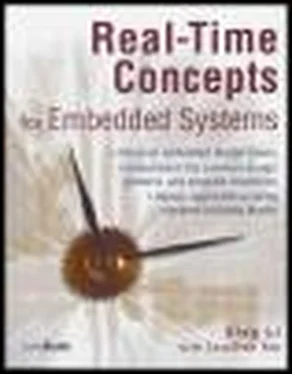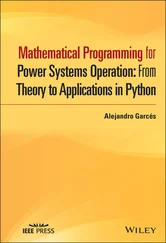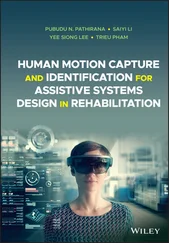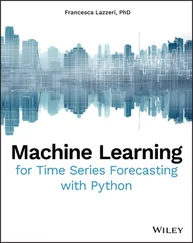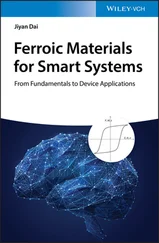Now the loader program is ready to transfer the application image to the target system. The application image contains the RTOS, the kernel, and the application code written by the embedded developer. The application image can come from two places:
· the read-only memory devices on the target, or
· the host development system.
We describe three common image execution scenarios:
· execute from ROM while using RAM for data,
· execute from RAM after being copied from ROM, and
· execute from RAM after being downloaded from a host system.
In the discussions to follow, the term ROM refers to read-only memory devices in general.
3.3.1 Executing from ROM Using RAM for Data
Some embedded devices have such limited memory resources that the program image executes directly out of the ROM. Sometimes the board vendor provides the boot ROM, and the code in the boot ROM does not copy instructions out to RAM for execution. In these cases, however, the data sections must still reside in RAM. Figure 3.3 shows this boot scenario.

Figure 3.3: Boot sequence for an image running from ROM.
Two CPU registers are of concern: the Instruction Pointer (IP) register and the Stack Pointer (SP) register. The IP points to the next instruction (code in the.text section) that the CPU must execute, while the SP points to the next free address in the stack. The C programming language uses the stack to pass function parameters during function invocation. The stack is created from a space in RAM, and the system stack pointer registers must be set appropriately at start up.
The boot sequence for an image running from ROM is as follows:
1. The CPU’s IP is hardwired to execute the first instruction in memory (the reset vector).
2. The reset vector jumps to the first instruction of the.text section of the boot image. The.text section remains in ROM; the CPU uses the IP to execute.text. The code initializes the memory system, including the RAM.
3. The.data section of the boot image is copied into RAM because it is both readable and writeable.
4. Space is reserved in RAM for the.bss section of the boot image because it is both readable and writeable. There is nothing to transfer because the content for the.bss section is empty.
5. Stack space is reserved in RAM.
6. The CPU’s SP register is set to point to the beginning of the newly created stack. At this point, the boot completes. The CPU continues to execute the code in the.text section until it is complete or until the system is shut down.
Note that the boot image is not in the ELF format but contains binary machine code ready for execution. The boot image is created in the ELF format. The EEPROM programmer software, however, removes the ELF-specific data, such as the program header table and the section header table, when programming the boot image into the ROM, so that it is ready for execution upon processor reset.
The boot image needs to keep internal information in its program, which is critical to initializing the data sections, because the section header table is not present. As shown in Figure 3.3, the.data section is copied into RAM in its entirety. Therefore, the boot image must know the starting address of its data section and how big the data section is. One approach to this issue is to insert two special labels into the.data section: one label placed at the section’s beginning and the other placed at the end. Special assembly code is written to retrieve the addresses of these labels. These are the load addresses of the labels. The linker reference manual should contain the specific program code syntax and link commander file syntax used for retrieving the load address of a symbol. The difference between these two addresses is the size of the section. A similar approach is taken for the.bss section.
If the.text section is copied into RAM, two dummy functions can be defined. These dummy functions do nothing other than return from function. One function is placed at the beginning of the.text section, while the other is placed at the end. This reason is one why an embedded developer might create custom sections and instruct the linker on where to place a section, as well as how to combine the various sections into a single output section through the linker command file.
3.3.2 Executing from RAM after Image Transfer from ROM
In the second boot scenario, the boot loader transfers an application image from ROM to RAM for execution. The large application image is stored in ROM in a compressed form to reduce the storage space required. The loader must decompress this image before it can initialize the sections of that image. Depending on the compression algorithm used and whether enough space is left in the ROM, some state information produced from the compression work can be stored to simplify image decompression. The loader needs a work area in RAM for the decompression process. It is common and good practice to perform checksum calculations over the boot image to ensure the image integrity before loading and execution.
The first six steps are identical to the previous boot scenario. After completing those steps, the process continues as follows:
7. The compressed application image is copied from ROM to RAM.
8-10. Initialization steps that are part of the decompression procedure are completed.
11. The loader transfers control to the image. This is done by “jumping” to the beginning address of the initialized image using a processor-specific “jump” instruction. This “jump” instruction effectively sets a new value into the instruction pointer.
12. As shown in Figure 3.4, the memory area that the loader program occupies is recycled. Specifically, the stack pointer is reinitialized (see the dotted line) to point to this area, so it can be used as the stack for the new program. The decompression work area is also recycled into the available memory space implicitly.

Figure 3.4: Boot sequence for an image executing from RAM after transfer from ROM.
Note that the loader program is still available for use because it is stored in ROM. Making the loader available for later use is often intentional on the designer’s part. Imagine a situation in which the loader program has a built-in monitor. As mentioned earlier, part of the monitor startup sequence is to install default interrupt handlers. This issue is extremely important because during the development phase the program under construction is incomplete and is being constantly updated. As such, this program might not be able to handle certain system interrupts and exceptions. It is beneficial to have the monitor conduct default processing in such cases. For example, a program avoids processing memory access exceptions by not installing an exception handler for it. In this case, the monitor takes control of the system when the program execution triggers such an exception, for example, when the program crashes. The developer then gets the opportunity to debug and back-trace the execution sequence through the monitor inter- face. As indicated earlier, a monitor allows the developer to modify the processor registers. Therefore, as soon as the bug is uncovered and a new program image is built, the developer can set the instruction pointer register to the starting address of the loader program in ROM, effectively transferring control to the loader. The result is that the loader begins to download the new image and reinitializes the entire system without having to power cycle on the system.
Читать дальше
